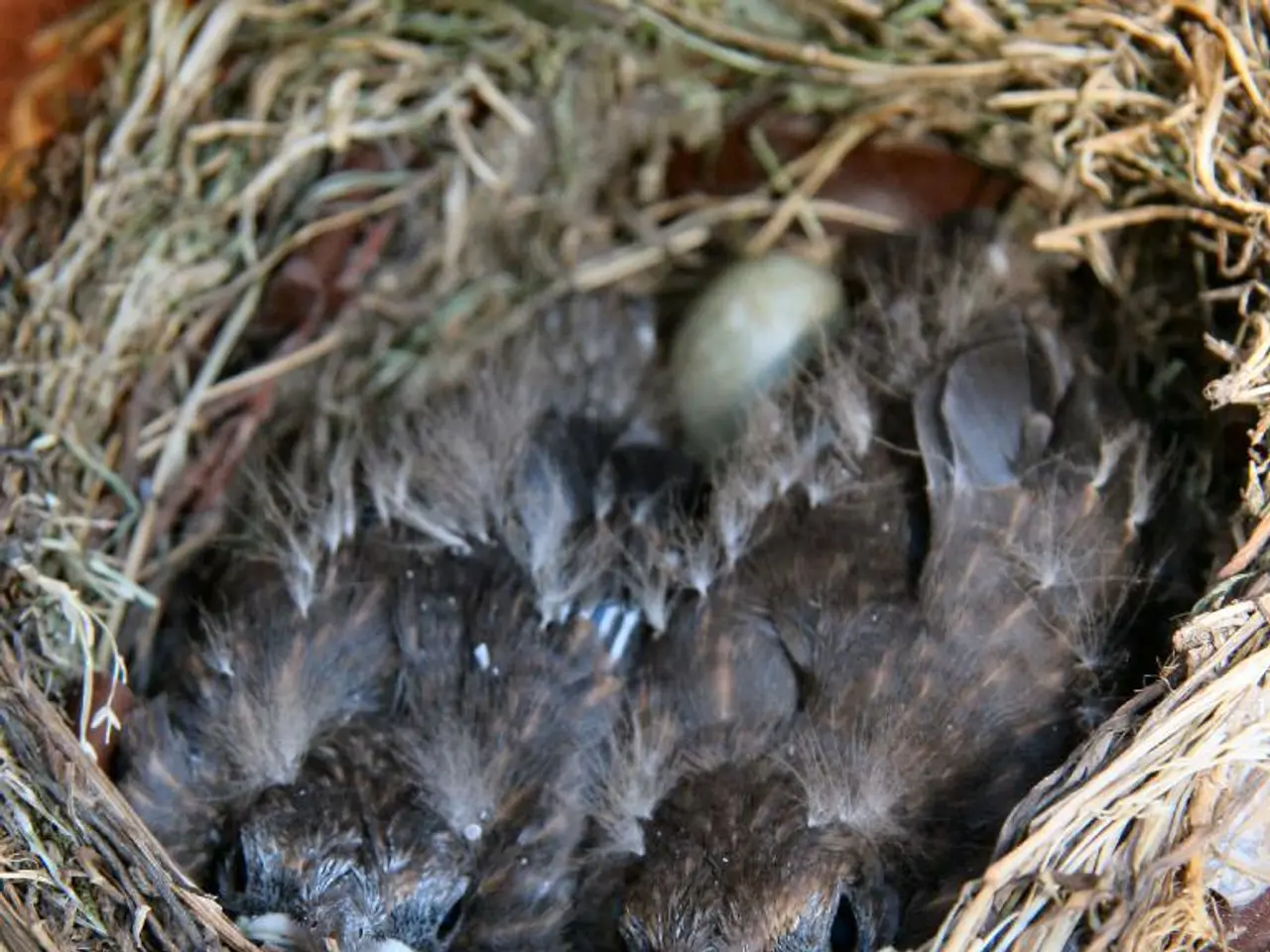Genetic Engineering of Avian Flu Virus: PGD Approach
In a recent development, oseltamivir has been authorized and recommended for post-exposure prophylaxis (PEP) against avian influenza in adults and children aged one year or older. The new guidelines, effective as of December 2024, suggest using oseltamivir 75 mg orally twice daily for 5 days (the treatment dose) rather than the traditional chemoprophylaxis dose of 75 mg once daily for 10 days for PEP after known or suspected exposure to avian influenza virus.
These changes have been made in response to recent expert consensus and World Health Organization (WHO) guidance, with the doses aligning with the latest WHO guidance from September 2024 and the expert consensus at the UKHSA. The new template, which is valid from 1 December 2024 until 30 November 2027, supports the supply of oseltamivir for pre and post-exposure prophylaxis of avian influenza.
However, it is important to note that the use of the avian influenza template requires formal authorisation from a clinical governance or patient safety lead. The template was developed in November 2024, combining previous templates for H7N9 and non-H7N9 avian influenza. Provider organisations should ensure they are using the current versions of the avian influenza template.
The template is designed for all strains of avian influenza and includes guidelines for pediatric use. For children aged 1 year or older, the treatment recommendations remain consistent with expert society guidelines, supporting oseltamivir use in children aged ≥1 year who are symptomatic and at high risk for influenza complications, ideally started within 48 hours of symptom onset. For prophylaxis following exposure in healthy children aged 1 year or older, the treatment dosage is applied as described above.
The guidance also recognises the potential benefit of combination antiviral treatment (oseltamivir or peramivir with baloxavir) in hospitalized patients due to concerns about resistance of H5N1 strains. However, the simultaneous use of two neuraminidase inhibitors (e.g., oseltamivir plus peramivir) is advised against due to possible pharmacologic antagonism.
Adverse effects associated with the use of oseltamivir include gastrointestinal symptoms (nausea, vomiting), and transient neuropsychiatric effects in children (anxiety, insomnia, abnormal behavior). It is essential to monitor for hypersensitivity and adverse reactions.
The responsibility for adopting and governing the use of the avian influenza template lies with the authorising commissioning body and providers. Health professionals should only work with legally authorised versions of the avian influenza template from their commissioning body. The template is not legally valid without local, formal authorisation.
There is also guidance available for managing avian influenza incidents in birds, and algorithms associated with the management of these incidents. For more detailed information, it is recommended to consult the relevant authorities and expert resources.
References: 1. Centers for Disease Control and Prevention (CDC). (2025). Interim Guidance for Antiviral Treatment and Chemoprophylaxis of Avian Influenza A (H5N1) Virus Infection. Retrieved from https://www.cdc.gov/flu/avianflu/h5n1-guidance.htm 2. American Academy of Pediatrics (AAP). (2025). 2024 Guidelines for the Diagnosis and Management of Influenza in Children. Retrieved from https://www.aap.org/en-us/about-the-aap/aap-press-room/pages/2024-Guidelines-for-the-Diagnosis-and-Management-of-Influenza-in-Children.aspx 3. Infectious Diseases Society of America (IDSA). (2025). Clinical Practice Guideline for the Diagnosis and Treatment of Influenza. Retrieved from https://www.idsociety.org/practice-guideline/clinical-practice-guideline-diagnosis-and-treatment-influenza/
- In the realm of health-and-wellness, recent developments have seen the authorization of CBD as a potential therapy for neurological disorders, with medical research ongoing to explore its benefits for mental health and treatment of various medical-conditions.
- On a different note, the updated guidelines for managing avian influenza now suggest the use of therapies-and-treatments like oseltamivir, but it is essential to remember that mental health implications such as anxiety and insomnia are potential side effects associated with this treatment.
- As per the updated avian influenza template, the use of combination antiviral treatments is implied in severe cases to combat resistant strains, yet simultaneous use of two neuraminidase inhibitors (e.g., oseltamivir and peramivir) may lead to pharmacologic antagonism, so caution must be exercised.




